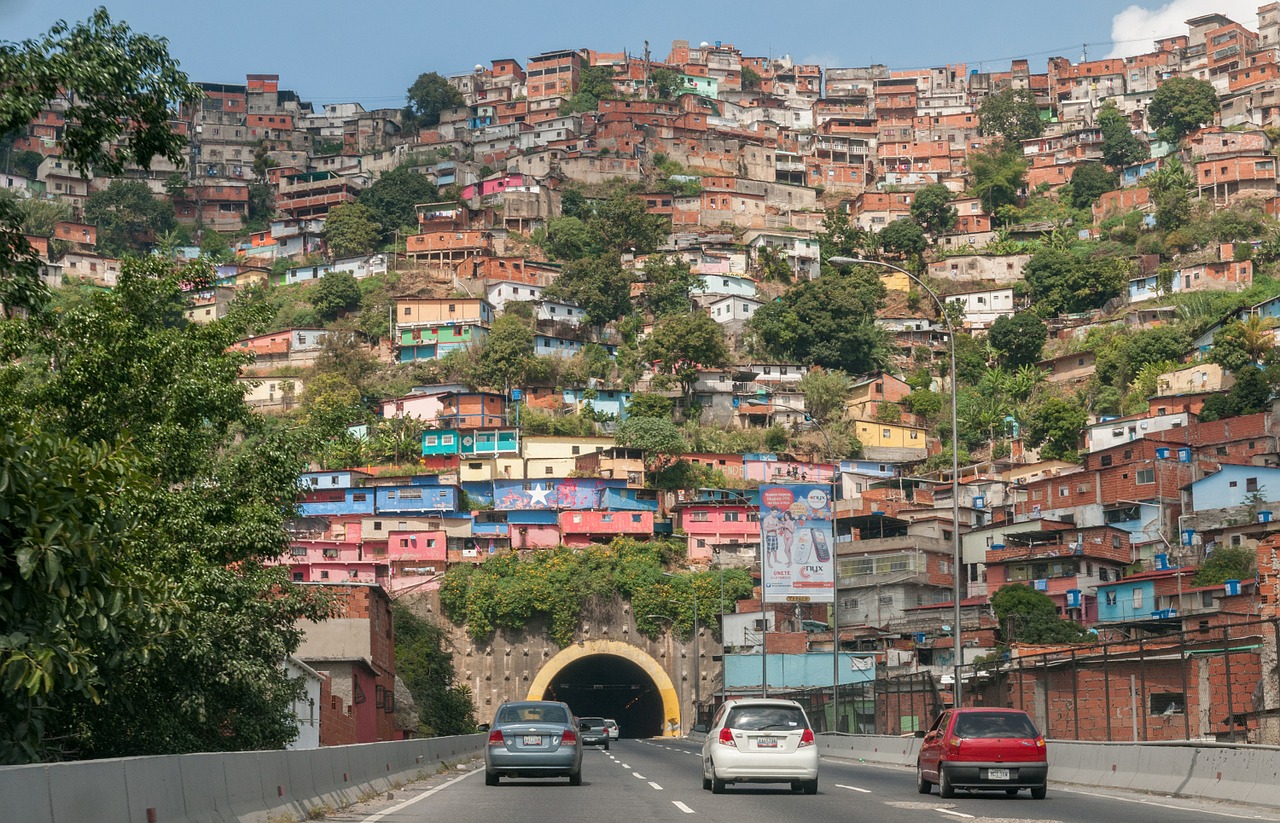Food is a major resource, like energy and water, needed to run settlements of all kinds. The impact of food systems on climate change is huge: the process of producing, processing, distributing and disposing of food currently accounts for 29% of global carbon emissions. The majority of these emissions originate in food production, at approximately 80%, but the share of emissions caused by processing, distribution, disposal and consumption is growing.
Traditionally, cultivation and civilization have been closely integrated. Even the terms that describe those processes, culture and cultivate, are derived from the same Latin stem cultus.
Man and corn – it all comes back to that. Cultivation and civilization, city and country, paradise and hell: food has always shaped our lives and it always will. Our legacy to those who inherit the earth will be determined by how we eat now – their future lies in our knives and forks and fingers. – Carolyn Steel in Hungry City – How food shapes our lives
Since the industrial revolution though, disembedded food systems have been widely implemented. Industrialization of agriculture as well as globalization has led to a clear separation between town and countryside regarding food production. Urban areas have become increasingly dependent on the rural hinterland. The global food system is disconnected from its context, leading to social, economic and environmental externalities for communities all over the world because “you can’t run a linear system on a finite planet indefinitely“.
Increased yields, low food prices as well as low production and transaction costs contribute to the attractiveness of conventional agriculture and the global food system. Production and consumption are spatially as well as culturally independent thanks to conservation techniques and worldwide transport infrastructure that overcome time and spatial constraints. Negative side effects arising in this type of food system are manifested through social and environmental costs: pollution through over-fertilization, the creation of pest-resistant crops, the loss of civic involvement and a growing dependence on the market for survival are a few examples.
Globalization has led to a disconnection of the food system from its physical, social and ethical embedding, therefore, food localization – the concept of a local food system with proximity between producer and consumer – is increasingly seen as a sustainable alternative to our current food system and a better choice for people and for the environment.
Defining a local food system
A food system is the chain of activities and processes related to production, processing, distribution, disposal and eating of food. A local food system can be defined in many ways. First of all, it can be seen as a geographical concept that describes the proximity between producers and consumers, even though the distance is interpreted differently depending on contextual factors like population density and climate. In the US, food produced within a 160 km (100 miles) radius is often considered local, while local food in the UK commonly is expected to be grown within a 50 to 80 km (30 to 50 miles) radius from the consumer.
Some define food as local when produced within the country’s boundaries, others state local food should be from the same county or region. Local food can also be defined by certain characteristics that consumers associate with the concept. People choose local food because of freshness, taste and environmental concerns and associate it with certain production, processing and distribution methods, like social embeddedness, ethics of the grower, organic farming and short food supply chains.
Food miles
Local food and food miles are powerful terms in the discourse around sustainable agriculture and alternative food systems. There is a tendency to see local food as a way to reduce emissions from food miles. Coley et.al. argue that the debate about the climate benefits of local food lacks a holistic view. The food system influences not only fossil fuel use, it also causes water pollution, for example, and influences rural economics and landscape amenities. Therefore the use of the food miles concept is misleading. Studies show that the mode of transport is as important as the distance. So might the use of waterborne transport to import food result in lower carbon emissions than driving to your local farmer to pick up your vegetable box?
Towards a holistic approach
The concept of food miles distracts us from more urging social, economic and environmental changes that are needed in order to support sustainable development. An integrated, holistic perspective, looking further than emissions caused by distribution, is needed to assess the value of local food systems for sustainability. If we want to create sustainable, locally embedded food systems, we have to look beyond their impact on the environment and map the benefits for people as well as local economies. Only then will a local food system be an exemplar of strong sustainability.
Kato Allaert is a sustainable urbanist from Belgium, currently living and working in London.
Image via SPakhrin


